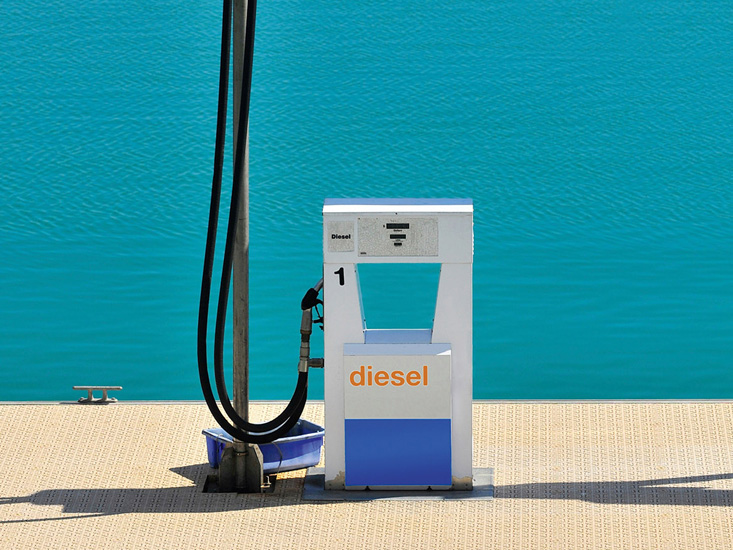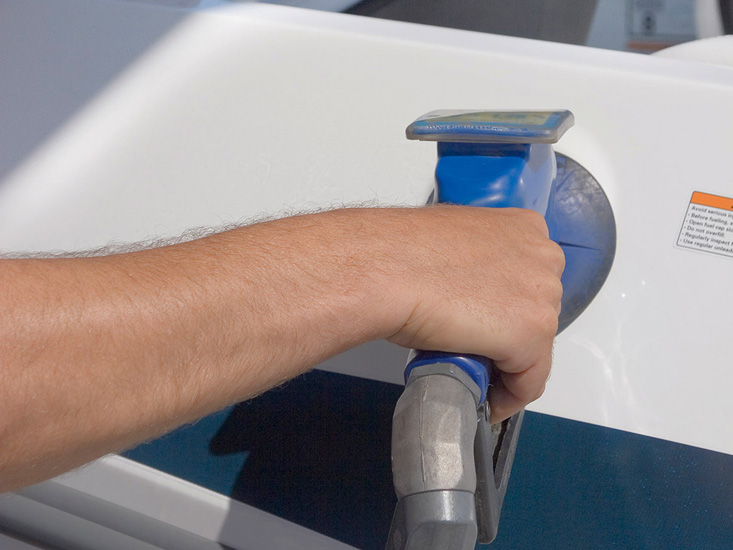Before any trip, no matter how short you plan to head out, check how much fuel is in the tank – the last cruise might have used more than you thought, and there’s always a chance that you might stay out longer or travel farther than planned.
Consider refuelling straight after each trip, and keep a logbook with how much you’ve tanked as well as the trip details (distance, conditions etc) – this information is useful when calculating your boat or jet ski’s fuel consumption. Additionally, a full fuel tank will help reduce condensation build-up in the tank.
Make a habit of calculating how much fuel you’ll need to get to your destination and return with a third in reserve – think: one-third out, one-third back, one-third in reserve.
- Consider the conditions when calculating fuel use – for example, running against wind and tide will burn more fuel, as will driving at higher speeds or powering through choppy water
- Check where fuel facilities are on your route and whether they’ll be open when you expect to arrive
- Trailerboats and jet skis can be refuelled at a petrol station on the way to/from the ramp, and boats kept in marina storage or on the water can use a marina’s fuel facility
- Some major waterways have public fuel facilities, which you’ll find on a map
- It goes without saying that fuel of any kind is flammable and volatile – treat with caution and always be safe.
Those new to boating might think these steps are unnecessary if they have a full tank and the conditions are ideal, but just ask an experienced boater or marine rescue crew: when it comes to boating, there’s no such thing as being overprepared, and flat batteries or empty fuel tanks are a common cause of rescue call-outs.

